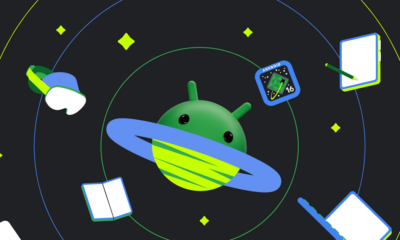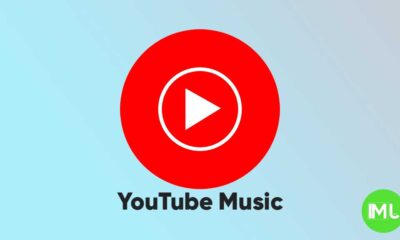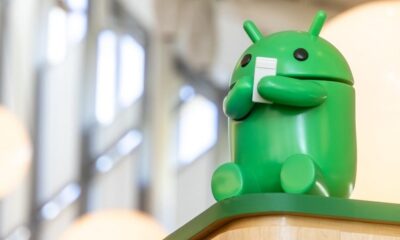Android
Android 15 issues for Pixel 6 users and Google TV’s new ‘Channels’ section in the UK
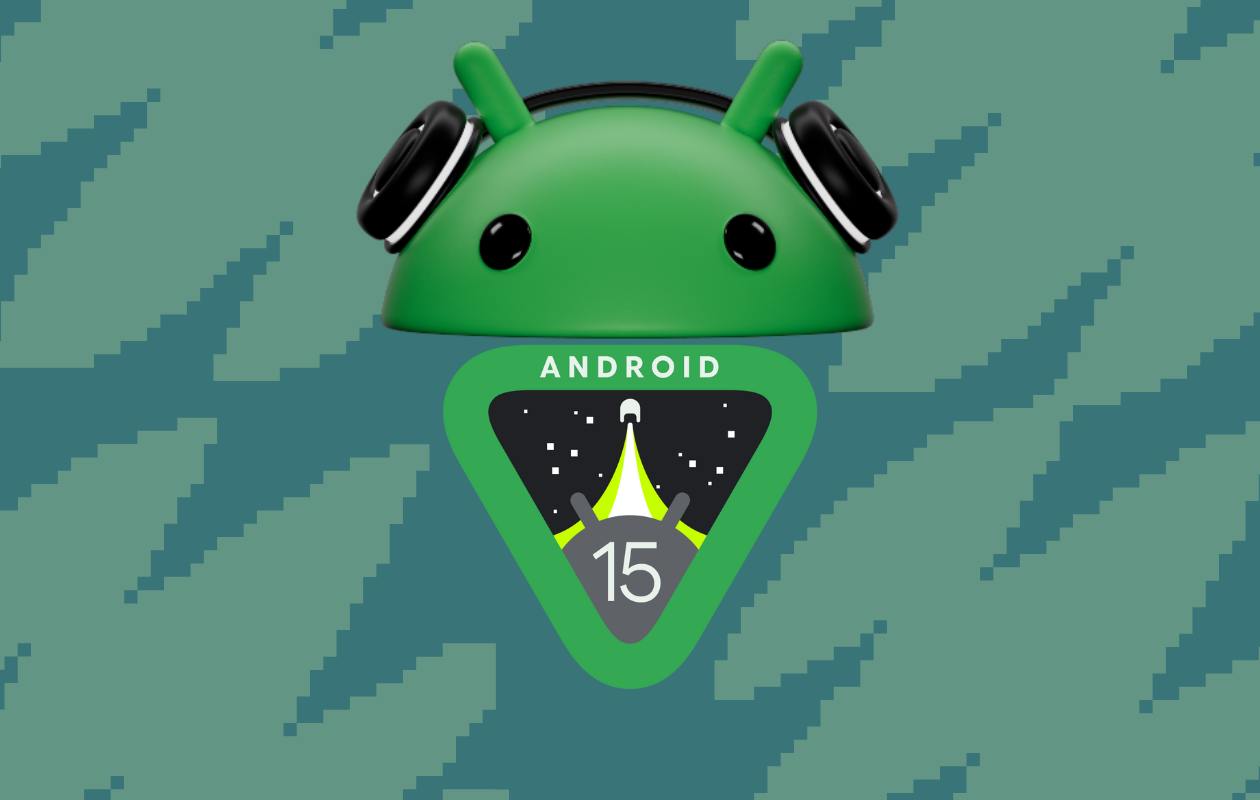
Google’s recent Android 15 update has brought significant changes to its Pixel smartphones, but not all of them are welcome, particularly for Pixel 6 users. Alongside this update, Google TV in the UK also received a new “Channels” section, offering easier access to popular streaming services.
Android 15 Update: A Risky Move for Pixel 6 Users
With the rollout of Android 15, many Pixel smartphone users were excited about the new features and improvements. However, owners of Pixel 6 devices have reported serious issues after updating. Several users claim their phones became completely unusable post-installation, leading to frustration and concerns about the stability of the update.
Major Problems After the Update
Pixel 6 owners are facing various issues, particularly with the introduction of the “Private Space” feature. Some users report their phones crashing and becoming unresponsive shortly after enabling this feature. Others have seen their devices randomly shut down during normal usage and fail to turn back on, rendering their phones effectively dead.
History of Update Issues
Unfortunately, this isn’t the first time Pixel 6 devices have encountered problems after a major Android update. Similar issues were reported following the Android 14 update, leading many to wonder if there’s a deeper compatibility problem between the Pixel 6 hardware and the newer Android versions. This recurring issue raises serious concerns about the stability of updates for this model, potentially pointing to deeper flaws in its ability to handle newer software releases.
Should You Update?
If you own a Pixel 6 and haven’t yet updated to Android 15, it may be wise to delay the installation until Google addresses these problems. As of now, Google hasn’t released an official statement regarding the issues, but users are hopeful that a bug-fix update will be released soon. For those who have already updated and are experiencing these issues, reaching out to Google Support is highly recommended.
Google TV in the UK Introduces a New ‘Channels’ Section
While Pixel 6 users are dealing with software troubles, Google TV users in the UK received a more positive update. A new “Channels” tab has been introduced, aimed at making it easier to access regional broadcast streaming services like BBC, ITV, and others.
What’s New in the ‘Channels’ Section?
The new “Channels” section on Google TV and Chromecast devices offers users a quick way to access popular UK broadcast channels via their respective streaming services. It includes channels like BBC, ITV, STV, UTV, Discovery, and more. While this section doesn’t function as a traditional TV tuner, it aggregates live channels available from streaming apps that are installed on your device.
However, there are some limitations. For example, BBC iPlayer is not yet available on all Google TV Streamer devices, and Channel 4’s streaming service is currently unavailable on Android TV. Users who don’t have the necessary apps installed can still click on the channel icon, which will prompt a Play Store link to install the required app.
How It Works
Once a streaming app is installed, clicking on a channel in the “Channels” section will either take you directly to the live stream or, in some cases, require an additional step. For example, ITV X will take users to the TV guide before launching the live stream, while BBC iPlayer goes straight to the channel. It’s also important to have an active account for the apps to work, as users without one will be prompted to log in before accessing content.
A Step Forward for Cordcutters
This new feature is a significant improvement for those in the UK who prefer to stream their TV rather than rely on traditional aerial setups. While Google TV devices in the UK don’t have the same “Live Channels” support that exists in the US, this update offers a more streamlined way to access live content through popular streaming services. There’s hope that Google will expand the number of supported apps in the future, potentially including services like Plex for even greater variety.
Conclusion
The Android 15 update has brought both excitement and frustration for Google users. While Pixel 6 owners are facing significant issues that could render their devices useless, Google TV users in the UK have seen improvements with the addition of the “Channels” section. As Google works to address the problems with the Pixel 6 update, the new features for Google TV provide a glimpse of the company’s effort to enhance the user experience for cordcutters and streaming enthusiasts.
Android
Android 16 beta adds battery health info, Pixel Fold gets better at detecting opens and closes
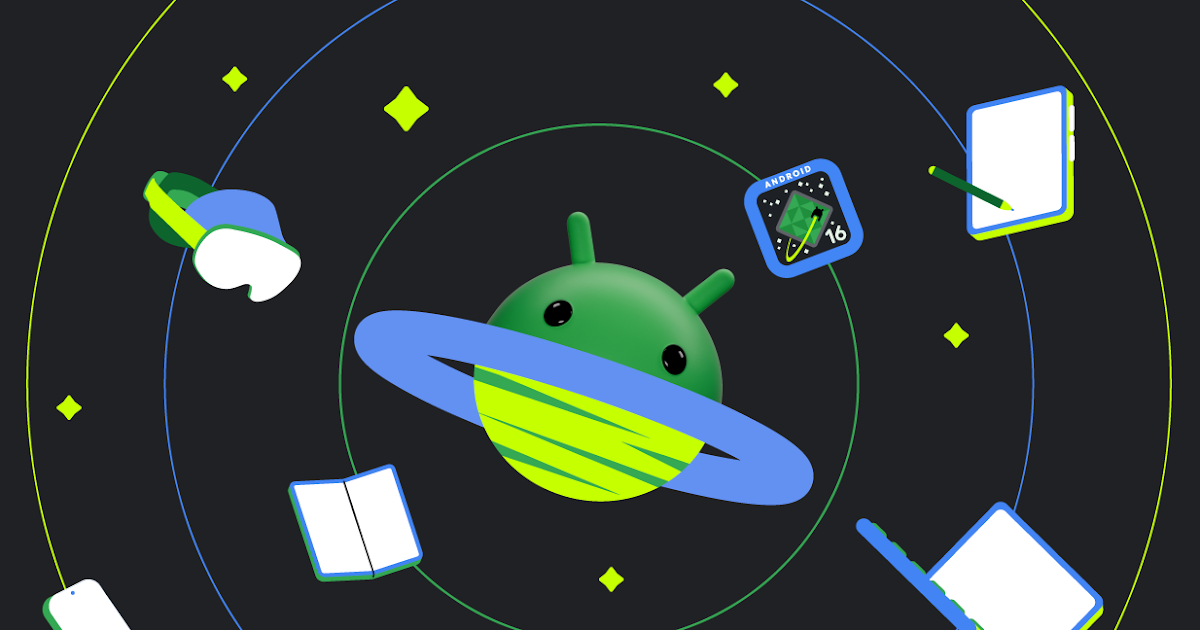
Google has released the Android 16 Beta 1 update for Pixel phones, and it brings some helpful new features. One of the key additions is battery health information, which is now available in the settings. Pixel users can now see the battery’s manufacturing date, charge cycles, and overall health score. This can help people understand how well their battery is holding up over time. While this feature is currently hidden under developer options, it might be fully added in a future update.
At the same time, Google is also working to improve the Pixel Fold. With Android 16 Beta 1, there’s a new system that better detects when the phone is opened or closed. This new method uses the hinge angle to more accurately understand the device’s position. Unlike older systems that could be affected by software bugs or slow response times, this new one seems to be more reliable and faster.
These changes are important for people who use foldable phones like the Pixel Fold, as better hinge detection can lead to smoother app transitions and fewer bugs. And for all Pixel users, having detailed battery info can help with managing phone performance and deciding when it’s time for a battery replacement.
Overall, Android 16 Beta 1 focuses on giving users more control and smoother experiences, especially for those with foldables.
Android
Android 16 could bring colorful always-on display to Pixel phones

Google is working on Android 16, and it looks like the update could bring more color to the always-on display (AOD) feature on Pixel phones. Right now, the AOD mostly shows white text on a black screen. But a new setting found in the Android 16 Developer Preview hints at the ability to add colors to this display.
The new feature is called “AOD Preview,” and it includes a switch labeled “Color AOD.” While this setting doesn’t work yet, it suggests that Google might be planning to show colorful content even when the screen is in low-power mode.
This change could make AOD look more lively, maybe by adding color to the clock, notifications, or wallpaper. So far, it’s not clear exactly what will change or how customizable it will be, but the feature seems to be in early testing.
Samsung already has more colorful AOD options on its Galaxy devices, so this update could help Pixel phones catch up. Google often introduces new features first on Pixel devices before making them available to other Android phones.
Android 16 is still being developed, and many features are not ready yet. But if Color AOD becomes part of the final release, Pixel users could get a more vibrant and useful always-on display in the near future.
Android
Android adds quick shortcuts for do not disturb and video call effects
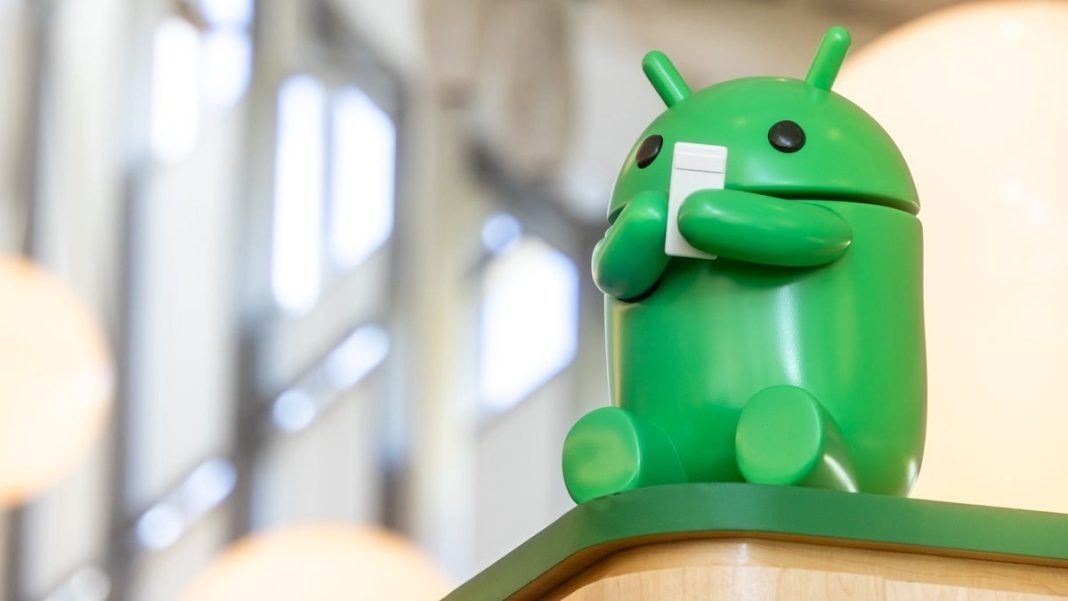
Google is testing two new shortcuts in Android that make it easier to control common features: Do Not Disturb mode and video call effects. These shortcuts are being added to the Android Quick Settings panel, which is the area you see when you swipe down from the top of your screen.
The first new toggle is for Do Not Disturb. Instead of opening the full settings menu, you’ll now be able to tap the shortcut to quickly switch between different DND modes. You can also long-press it to open full options. This makes it easier to silence notifications the way you want, especially if you have custom DND rules set up.
The second toggle is called “Video Effects”. This is useful for people who often use video calling apps like Zoom, Meet, or WhatsApp. When you tap it, it takes you to a page where you can turn on or off features like portrait blur, lighting adjustments, or filters that improve how you look during video calls.
These features are still being tested and might show up in future Android updates. Right now, some Pixel users with Android 14 QPR3 Beta 2.1 have seen these options. Google hasn’t confirmed when they’ll roll out to everyone, but they seem to be part of a plan to make Android tools more convenient.
In short, Google is trying to make it quicker and easier to manage your notifications and video call settings—all with just a swipe and a tap.
-

 Apps1 year ago
Apps1 year agoGboard Proofread feature will support selected text
-

 News1 year ago
News1 year agoSamsung USA crafting One UI 6.1.1
-

 News1 year ago
News1 year agoBreaking: Samsung Galaxy S22 may get Galaxy AI features
-

 News1 year ago
News1 year agoSamsung Galaxy S23 Ultra with One UI 6.1 and all S24 AI features revealed
-

 News1 year ago
News1 year agoOne UI 6.1 Auracast (Bluetooth LE Audio) feature coming to many Samsung phones
-

 News1 year ago
News1 year agoSatellite SOS feature coming to Google Pixel phones, evidence leaked
-

 Apps11 months ago
Apps11 months agoGoogle’s fancy new Weather app is finally available for more Android phones
-

 News1 year ago
News1 year agoGoogle Pixel evolves as Europe’s third best selling flagship

